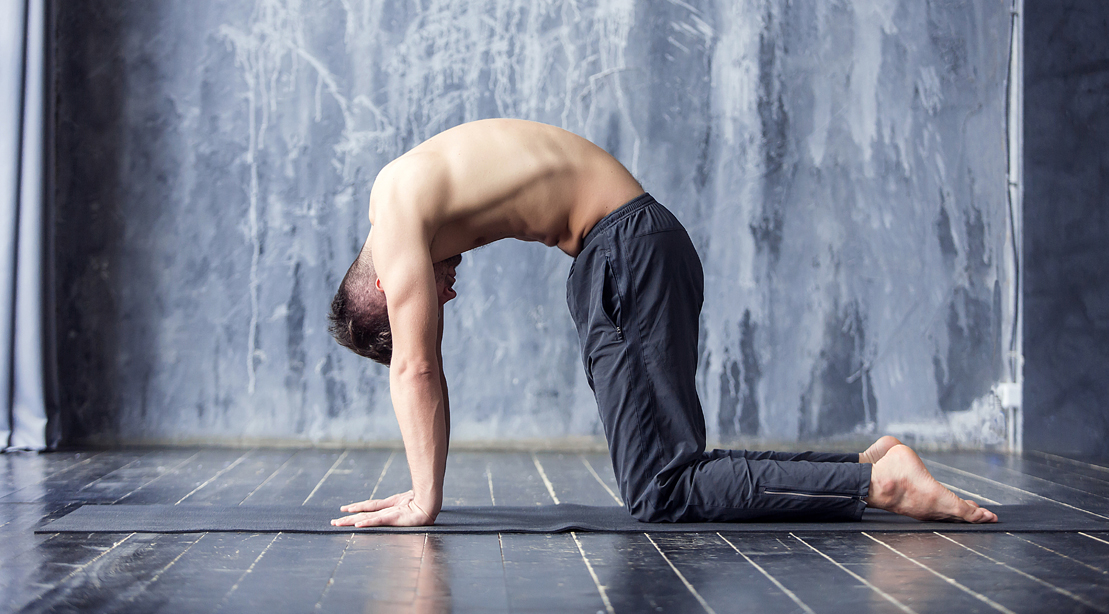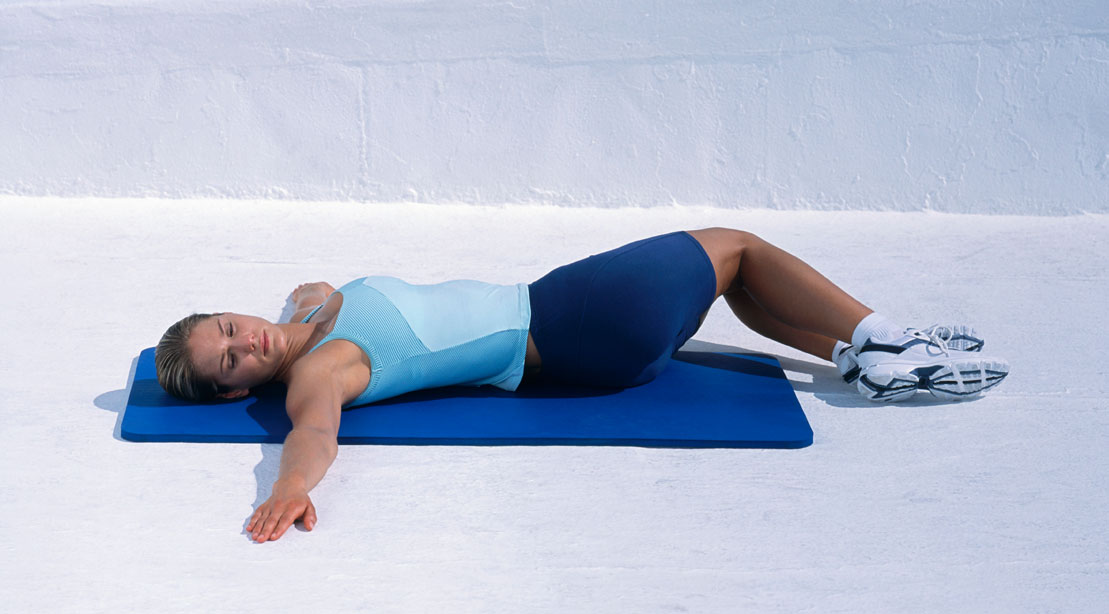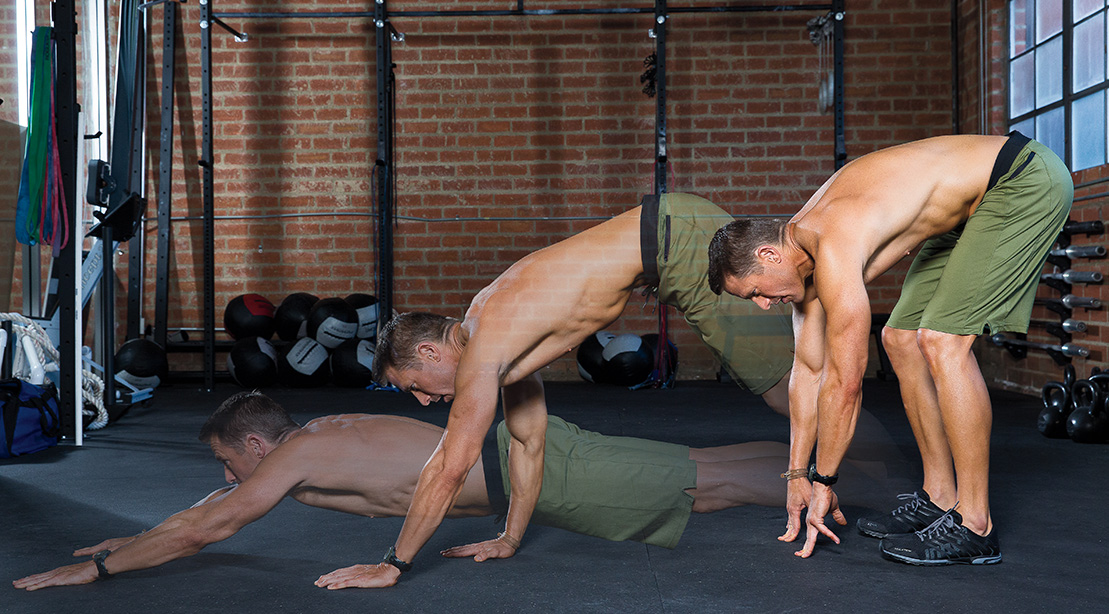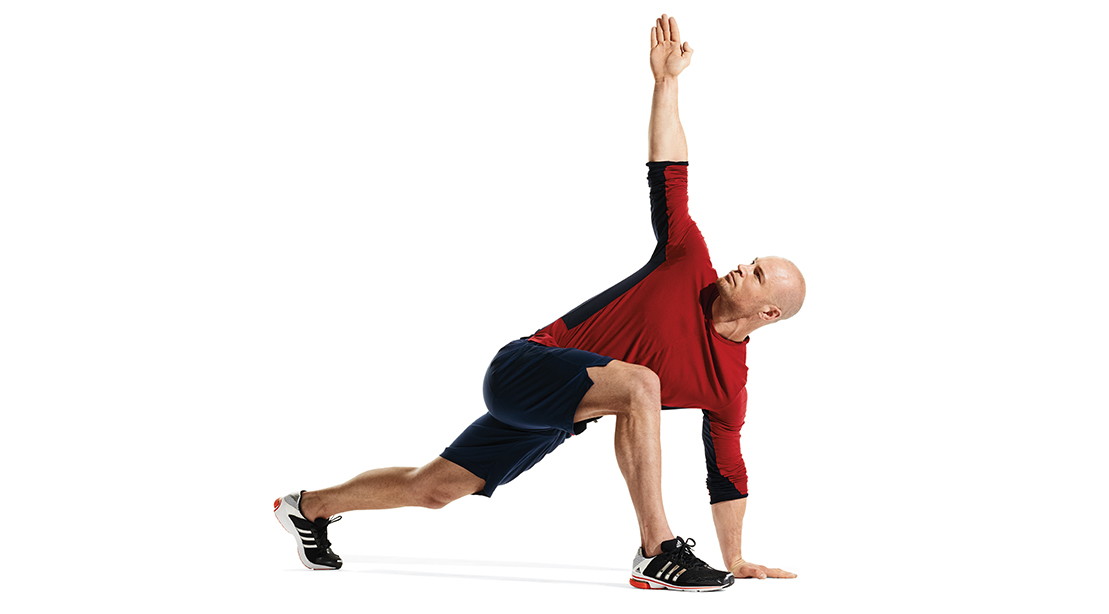28-Days-to-Lean Meal Plan
With the right plan and the right discipline, you can get seriously shredded in just 28 days.
Read article
If you’re working out for the sake of looking good (and what guy isn’t?), you’re probably chasing that signature V-taper—a big, broad back that makes you look powerful, athletic, and dominant.
To build that deep “V,” you need to focus on the key muscles of your back:
But your back isn’t just for show. Strong back muscles:
Modern life, however, works against you. Too much sitting tightens the hips, shortens the hamstrings, weakens the posterior chain, and creates a chain reaction of dysfunction that leads straight to back pain.
That’s why a smart back plan has to do two things:
This guide does both. You’ll get:
Your back is a system of interconnected muscle groups. Each one responds best to specific movement patterns.
| Region | Primary Goal | Best Training Style |
| Upper & Outer Lats | V-taper width | Wide-grip vertical pulling + wide-grip rowing |
| Lower Lats | Back depth and taper | Underhand pulling + straight-arm activation |
| Middle Back | Thickness and posture | Horizontal rowing with strong scapular retraction |
| Lower Back | Stability and injury prevention | Back extensions + hip hinge strengthening (deadlift patterns) |
Master them all — build a complete back.
Use moves in which you utilize a wide grip, typically outside your shoulders, which develop the area that makes up your V-taper. You’ll usually pull from an angle above your head or perpendicular to your body.
Best exercises: Pullup (wide grip), Bentover Barbell Row (wide grip)
Target tip: To really stress the upper/outer lats and teres major in the bottom position, squeeze your shoulder blades together as you hang with your arms fully extended.
Target tip: To target those outer lats and teres major, pull the bar high toward your upper abs.

Per Bernal
Use reverse-grip moves and close-grip pullups/pulldowns to more strongly emphasize the lower lat area. One of the few single-joint lat moves, the straight-arm pulldown, does this as well.
Best exercises: Reverse-Grip Pulldown, Straight-Arm Lat Pulldown
Target tip: To focus in on those lower-lat fibers, keep your chest high and your back arched. As you pull the bar down, bring it toward your lower chest for a better contraction.
Target tip: For optimal stimulation of the lower lats, don’t just stop when the bar touches your thighs at the bottom—actually push the bar back into your thighs and squeeze your lats as hard as you can.

Ian Logan
Use close- and medium-grip rowing moves in which you pull the bar, dumbbell, or handle into your midsection or sides to best build back thickness.
Best exercises: One-Arm Dumbbell Row, Close-Grip Seated Cable Row
Target tip: In the bottom position, hold the dumbbell slightly forward from your shoulder; as you go through the rep, pull it up and back.
Target tip: Hold the peak contraction for a second or two and squeeze your shoulder blades together for optimal stimulation.

Per Bernal
Use moves in which you bend at the waist (not the hips, which work glutes and hams) to work the low-back muscles, a critical area to strengthen to prevent low-back pain.
Best exercises: Back Extension, Stiff-Legged Deadlift
Target tip: Set up the back extension bench so that your hips are fully supported. This prevents movement at the hips and focuses the force on the lower-back muscles.
Target tip: As opposed to the Romanian deadlift, allow your lower back to round slightly in the bottom position.

Dustin Snipes / Pavel Ythjall
A mass workout that focuses on building outer lat width but still hits all areas of the back would look something like the chart below (not including warm-up sets). Rest 1-2 minutes between each set.
| Exercise / Target Area | Sets | Reps |
| Pull-Up (wide grip) / Outer Lats | 3 | 12, 10, 8 |
| Bentover Barbell Row (wide) / Outer Lats | 3 | 8, 10, 12 |
| Close-Grip Seated Cable Row / Middle Back | 3 | 8, 10, 12 |
| Reverse-Grip Pulldown / Lower Lats | 3 | 12, 10, 8 |
| Back Extension / Lower Back | 3 | 12, 12, 12 |
These moves correct posture, open the hips, protect your spine, and are perfect as a warm-up or standalone “maintenance” session.

Why: This familiar two-part yoga move improves flexibility to the lumbar and cervical spine. It’s also an effective warmup before any back routine.
How: Start on all fours with hands beneath your shoulders and knees on the ground. Inhale, dropping your chest as you push your hips and shoulder blades back into cow position. Lift your chin and chest, and gaze forward. For cat, exhale as you draw your belly button to your spine and round your back toward the ceiling like a cat.
Prescription: 2 sets of 10 of each move with 30 seconds rest between sets.

Why: This stretches the muscles of your middle and upper back, and counteracts the effects of sitting.
How: Lie on the ground on your left side with legs tucked into the torso at a 90° angle. Keep both arms straight, parallel to your knees. Keeping the knees together and on the ground, rotate your chest and right arm to the right, putting your back on the ground. Hold for two seconds and return to starting position.
Prescription: 2 sets of 10 reps to each side with 30 seconds rest between sets.

Why: Although this is a full-body move that lengthens your hamstrings and calves while stabilizing the shoulders, hand walks are also effective at lengthening your lower back muscles.
How: Stand with legs straight and hands on the floor. Walk your hands out. Keeping your legs straight, walk your feet back to your hands using short steps from your ankles.
Prescription: 2 sets of 10 reps with 30 seconds rest between sets.

Why: This move provides all of the benefits of a lunge while also giving you a great back stretch.
How: With feet together, step back with your right leg into a lunge. Twist your torso over your left (front) leg while reaching your right hand to the sky. Push out of that position into the next lunge, and repeat the move on the other side.
Prescription: 2 sets of 10 reps with 30 seconds rest between sets.